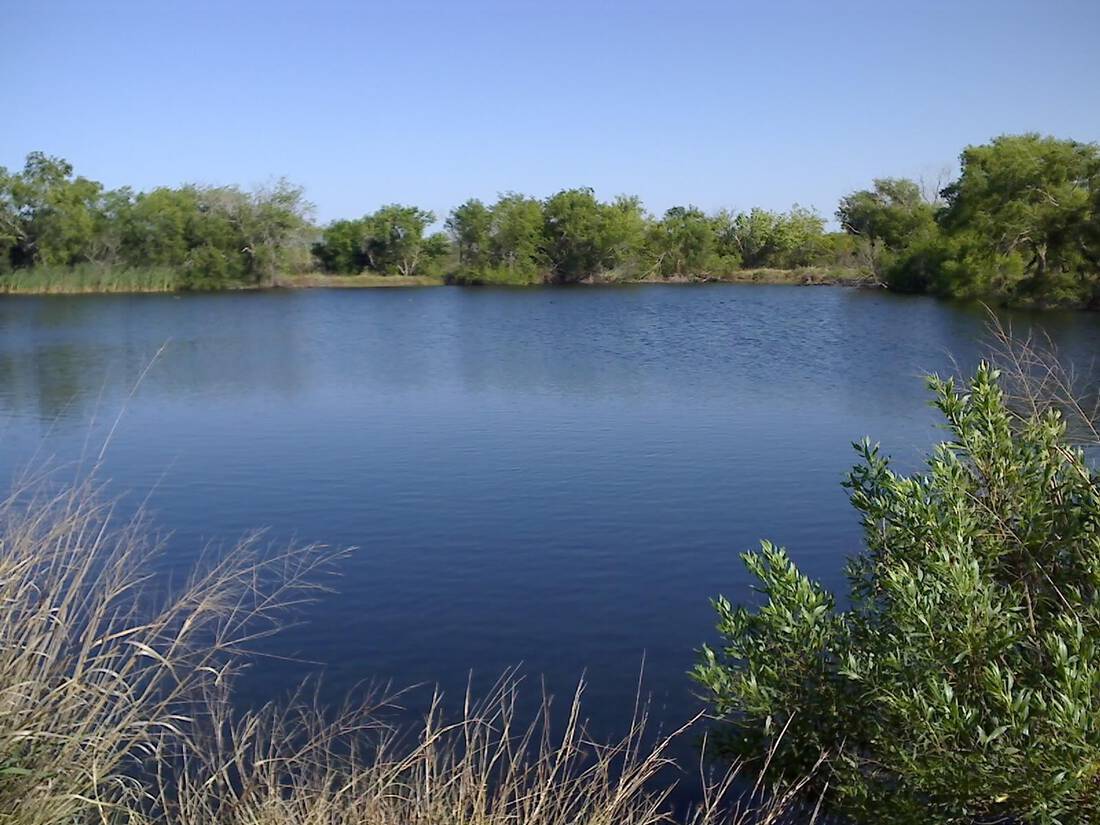Stock the Pond with the Most Popular Forage Fish
Stocking a pond is not only necessary and adds value to your property, but it’s also one of the most entertaining ‘jobs’ for the landowner/manager. Creating the perfect ecosystem begins with a detailed plan for the pond.
Many points need to be taken into consideration when choosing the best forage fish for stocking purposes. Questions range from the number of forage fish to be purchased, to what size the fish should be, which depends on the area needed to be filled and the overall health of the trophy fish being supplemented. Also to be taken into consideration are the landowner’s objectives when it comes to the commercial or recreational usage of the pond.

Pond management is a must for the landowner to understand and educate themselves on. There are so many choices that problems and errors can occur. If too many bass are placed in the original game fish stocking of a pond, they will spawn to produce a large number that will slow growth-rates. Therefore, monitoring those rates will tell managers when to selectively harvest certain size slots in order to keep the food chain in balance and trophy girths expanding.
Adult bluegill are great to add as a forage fish. In fact, in most ponds in the U.S. bluegill are the mainstay for the pond manager. They are the literal backbone of the ecosystem. With a very small mouth, bluegill do not compete with adult bass for food. And the adult bluegill are too large to be eaten by most bass. But by spawning several times a year, bluegill consistently add pint-sized food to the ecosystem on a regular basis. This is important, seeing as that it takes up to ten pounds of forage fish for one bass to gain one pound, so the more bass you add, the more forage your pond requires.
Fathead minnows are another forage fish many pond managers utilize. They spawn continually during warm months, but are too small and too slow to escape the bass. Adding in ten pounds of these forage fish to a starting pond will allow the bass a quick meal. Quick, because in an already established pond, the fathead minnows are taken out as fast as you can put them in, so using the fathead minnows for stocking is best only for new ponds in order provide additional forage when the bass are initially stocked.
The shiner is sometimes used as supplemental forage stocking in ponds where water levels may drop occasionally. These are super-fast minnows, and their speed and sleekness is what causes their survival rate to be far higher than the fatheads. They do only reproduce once a year, but they can usually survive long enough to do just that.
There are more and more species to consider – from red horse minnows to silver-sides and other species of native minnows – all of which can be used as forage fish. And as for the sunfish species, redear sunfish (AKA: shellcrackers) are the perfect match with bluegill, and can survive in a system with adult bass because they grow larger than a pound.
Whether it be bluegill or fatheads, or gizzards or threadfins, just make sure your plan is in place to cover all your objectives. This is the way to a healthy, thriving pond.